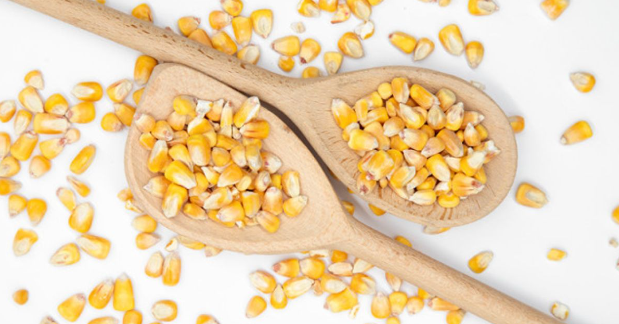
Winging It: The Ultimate Handbook on Wild Bird Seed Selection
The world of birdwatching is a captivating adventure, and one of the keys to attracting a huge number and types of feathered visitors to your backyard is selecting the right wild bird food seed. In this comprehensive handbook, we’ll explore the art and science of fantastic bird seed selection, guiding you through creating a menu that satisfies the nutritional needs of our avian friends and adds a symphony of colours and melodies to your outdoor space.
Understanding Bird Behavior and Preferences:
Before delving into the array of wild bird seeds available, it’s essential to understand the diverse preferences of our feathered companions. Different bird species have distinct dietary needs, and observing the local bird population can provide valuable insights. From finches that adore nyjer seeds to cardinals that favour sunflower seeds, tailoring your seed selection to the specific tastes of your feathered visitors is a critical element of successful bird feeding.
Seed Variety: The Spice of Bird Life:
Just as a varied diet is essential for our well-being, providing various seeds ensures that your backyard becomes a culinary haven for birds. Sunflower seeds, millet, cracked corn, safflower seeds, and peanuts are just a few examples of seeds that cater to different bird species. By offering a diverse seed buffet, you’ll attract a wide range of birds, transforming your backyard into a lively and dynamic ecosystem.
Quality Matters: The Importance of Freshness and Purity:
Birds are discerning eaters, and the quality of your seeds matters. Opt for fresh, high-quality seeds that are free from dust, debris, and signs of spoilage. Storing these seeds in a comparatively cooler and drier place and using them within a reasonable timeframe will ensure the nutritional value remains intact. Remember, just like with human food, freshness contributes to the overall appeal.
Feeder Types: Choosing the Right Platform for the Feast:
The type of feeder you choose can influence the seed preferences of visiting birds. Tube feeders are ideal for sunflower seeds, while mesh feeders are perfect for nyjer seeds. Ground-feeding birds may prefer platform feeders, offering them easy access to various seeds. Experimenting with different feeder types allows you to cater to the diverse feeding behaviours of the birds in your area.
The Squirrel Conundrum: Tips for Bird-Exclusive Feeding:
While squirrels may be entertaining to watch, they can become unwelcome guests at your bird feeding station. To mitigate the squirrel problem, consider investing in squirrel-resistant feeders, strategically placing feeders away from potential launch points, or offering squirrel-specific feeders with treats like corn or peanuts. This ensures that your feathered friends enjoy an exclusive dining experience.
Seasonal Considerations: Adapting Your Menu to Nature’s Rhythms:
As the seasons change, so do the dietary needs of birds. During colder months, birds benefit from high-fat seeds like sunflower and suet to provide energy for maintaining body heat. In warmer weather, protein-rich options such as mealworms are especially appealing. Adapting your birdseed menu to the seasons ensures that your avian visitors receive the nutrients they need year-round.
Creating a Bird-Friendly Environment: Beyond Seeds:
While seeds are a central element of bird feeding, creating a bird-friendly environment involves more than just filling feeders. Providing fresh water for drinking and bathing, offering nesting materials, and planting native vegetation are additional ways to attract and support birds. A holistic approach to your outdoor space transforms it into a haven that satisfies hunger and nurtures the overall well-being of your feathered neighbors.
Conclusion: A Symphony of Seeds for Avian Harmony:
In birdwatching, selecting the right wild bird food seeds is akin to orchestrating a symphony of colors, sounds, and life in your backyard. By understanding the preferences of different bird species, offering a diverse seed menu, ensuring quality and freshness, and considering seasonal variations, you’ll create a bird-friendly haven that beckons various winged visitors. With the right seeds and a thoughtful approach, your backyard can become a stage for avian harmony, providing endless joy for you and your feathered friends. So, let the feeding begin, and may your backyard be filled with the captivating melodies and vibrant colors of a thriving bird community.



